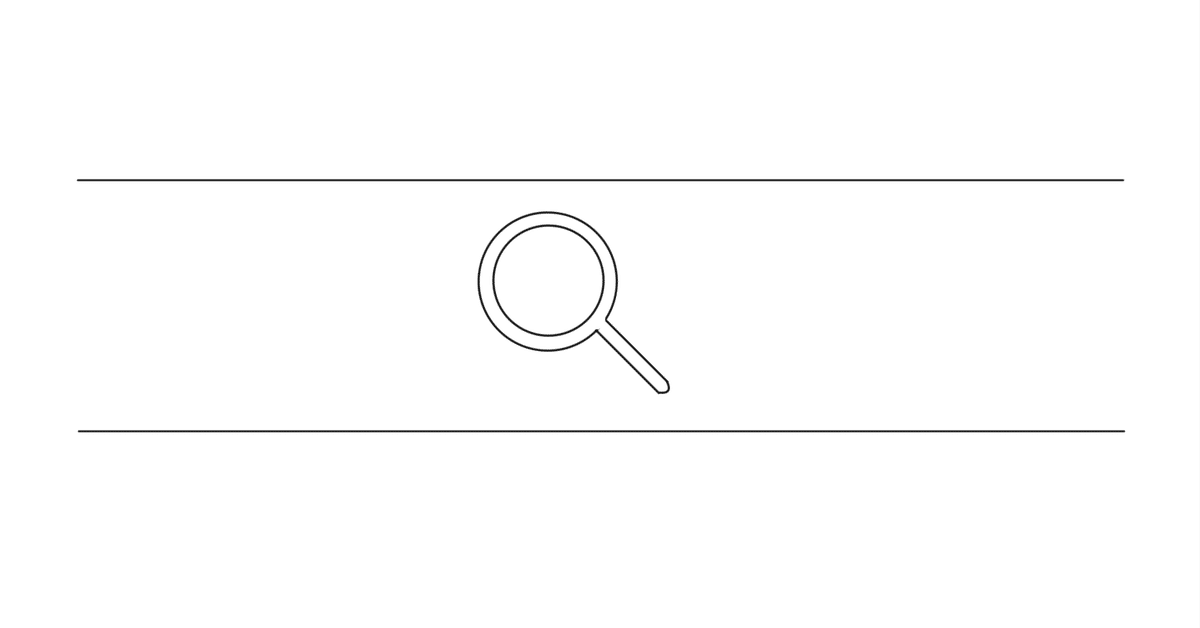
【Read between lines】Peskin, Schroeder "An Introduction to Quantum Field Theory" p. 71 (Invariance of Lagrangian under C, P, and T transformation)
Key words
CPT invariance
Charge conjugation
Parity
Time reversal
Lagrangian
Relevant section
Notice first that free Dirac Lagrangian $${\mathcal{L}_0=\bar{\psi}(i\gamma^\mu∂_\mu-m)\psi}$$ is invariant under C, P, and T separately.
Solution
Parity
We can calculate straightforward:
$$
\begin{array}{rcl}P\mathcal{L}_0P&=&\bar\psi\gamma^0(i\gamma^\mu∂_\mu-m)\gamma^0\psi\\&=&\bar\psi(i\gamma^0\gamma^\mu\gamma^0∂_\mu-m)\psi\end{array}
$$
We know the first term identical to $${\gamma^\mu}$$ as well by the calculation of $${\bar\psi\gamma^\mu\psi}$$.
Time reversal
The second term is identical since $${\bar\psi\psi\mapsto\bar\psi\psi}$$. We follow the changes of the signs of the first term:
$$
\begin{array}{l}\bar\psi\gamma^\mu\psi\mapsto(-1)^\mu\\i\mapsto-i\\∂_\mu\mapsto-(-1)^\mu\end{array}
$$
The product of these is identical to $${\bar\psi i\gamma^\mu∂_\mu\psi}$$.
Charge conjugation
The scalar term is invariant, so we focus on the first term of Lagrangian. First, we compute as we did in (3.147):
$$
\begin{array}{rcl}T\bar\psi\gamma^\mu∂_\mu\psi T&=&(-i\gamma^0\gamma^2\psi)^T\gamma^\mu∂_\mu(-i\bar\psi\gamma^0\gamma^2)\\&=&-\gamma^0_{ab}\gamma^2_{bc}\psi_c\gamma^\mu_{ad}∂_\mu\bar\psi_e\gamma^0_{ef}\gamma^2_{fd}\\&=&(∂_\mu\bar\psi_e)\gamma^0_{ef}\gamma^2_{fd}\gamma^\mu_{ad}\gamma^0_{ab}\gamma^2_{bc}\psi_c\end{array}
$$
The last line we used the commutation rules of $${[\psi,\bar\psi]}$$, since they have $${a_{\bf{p}}^s}$$, etc. Then, from Leibniz rule,
$$
\begin{array}{rcl}T\bar\psi\gamma^\mu∂_\mu\psi T&=&\bar\psi_e\gamma^0_{ef}\gamma^2_{fd}\gamma^\mu_{ad}\gamma^0_{ab}\gamma^2_{bc}(∂_\mu\psi_c)\\&=&\bar\psi\gamma^0\gamma^2\gamma^{\mu T}\gamma^0\gamma^2∂_{\mu}\psi\end{array}
$$
Computing $${\mu}$$ separately, we get this term is shown as $${T\bar\psi\gamma^\mu∂_\mu\psi T=\bar\psi\gamma^\mu∂_\mu\psi}$$.
この記事が気に入ったらサポートをしてみませんか?
